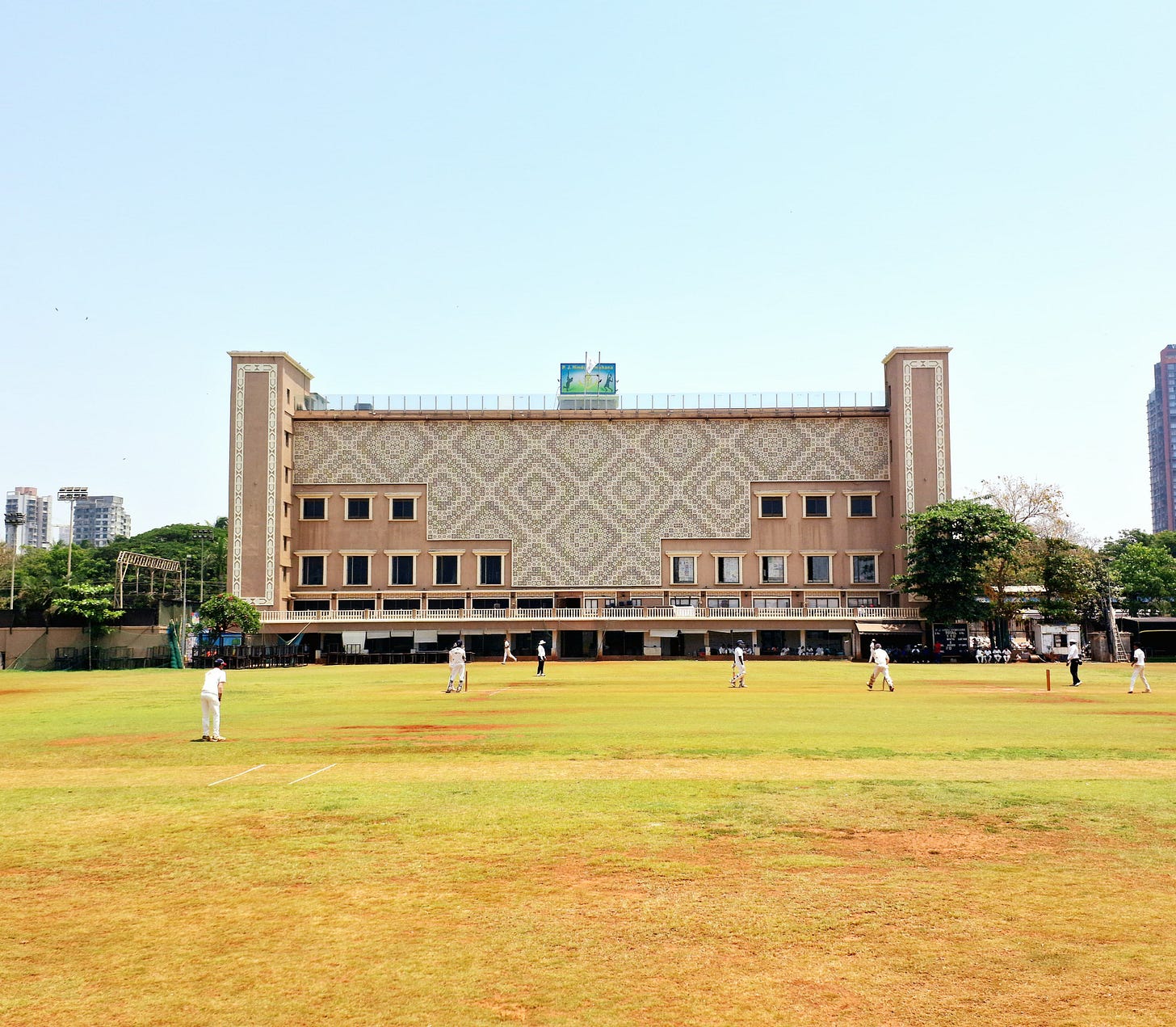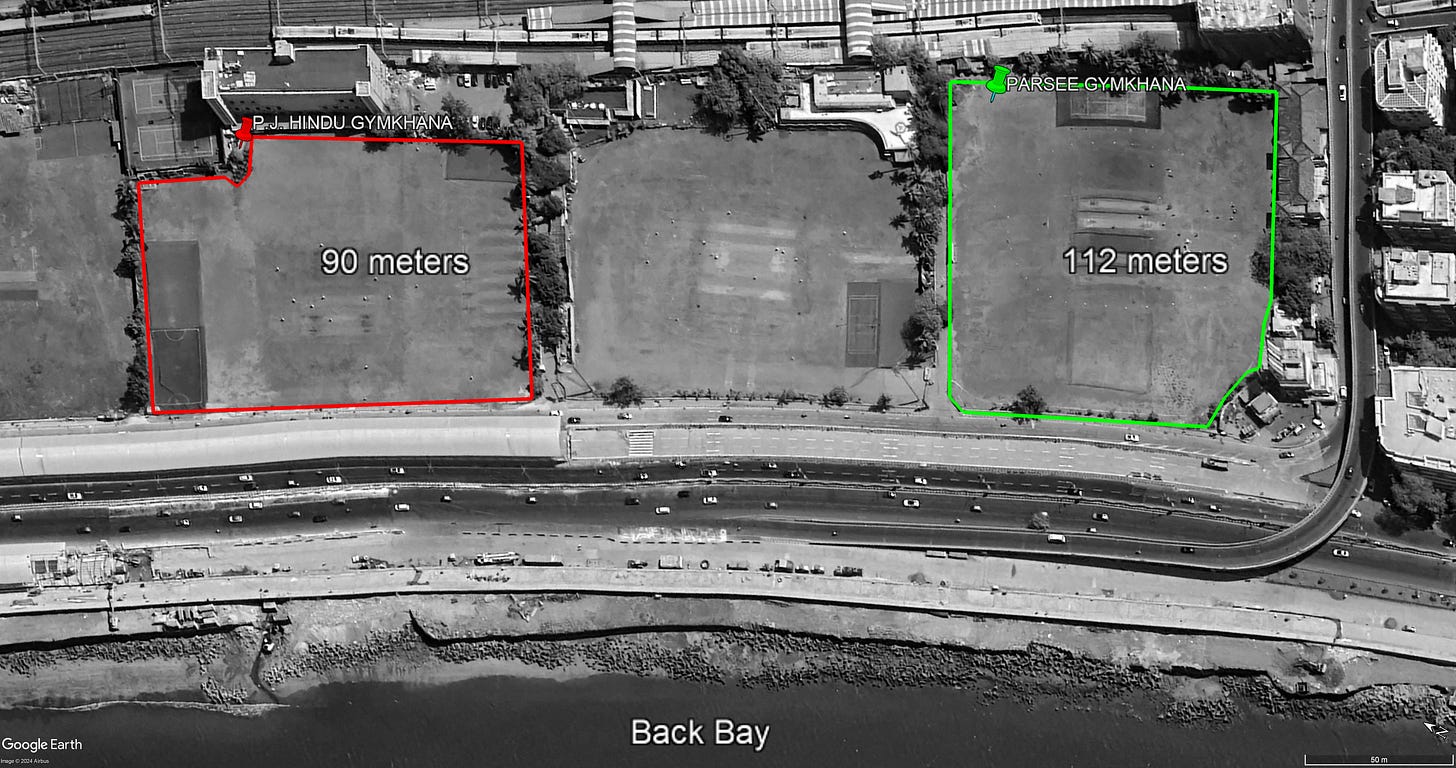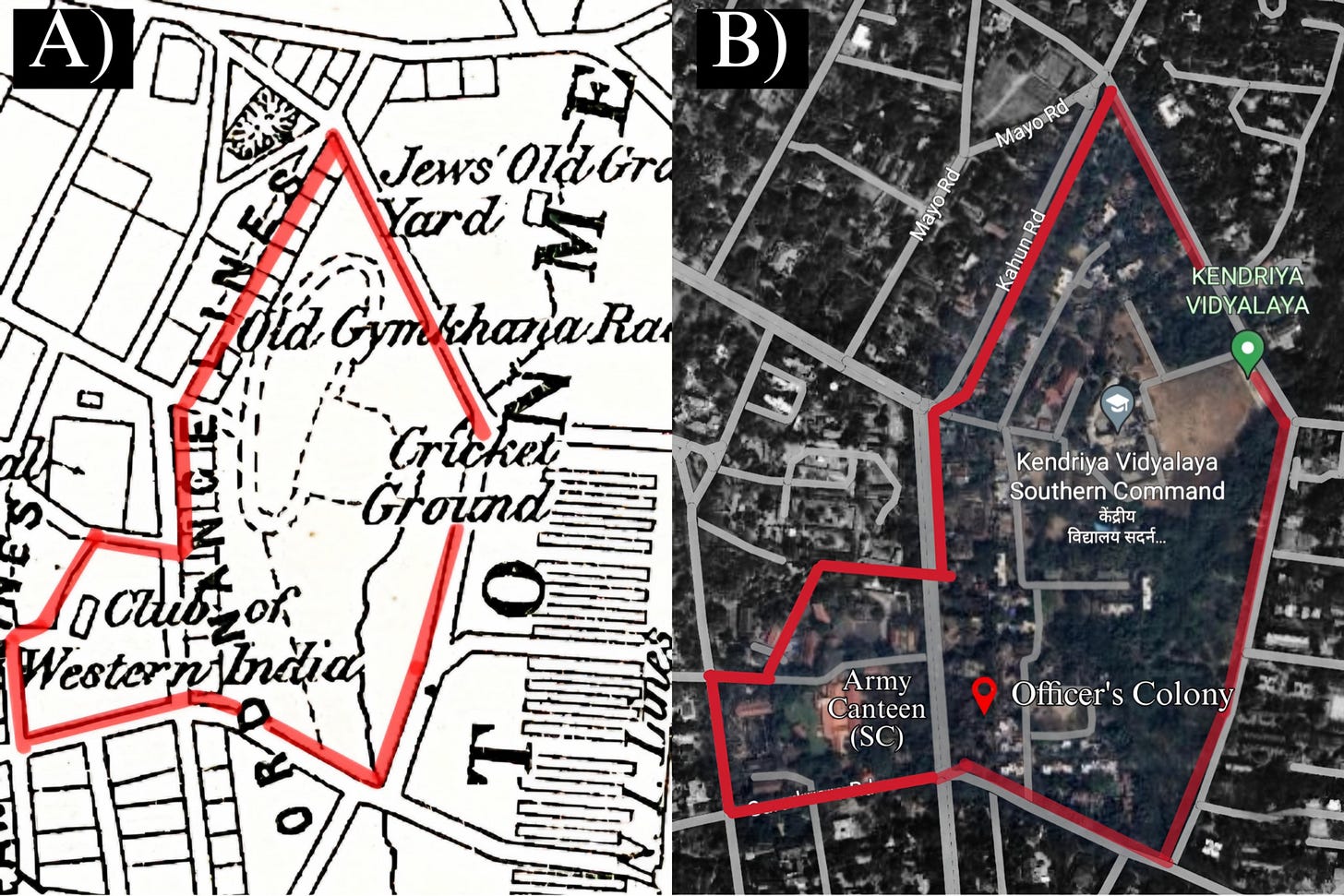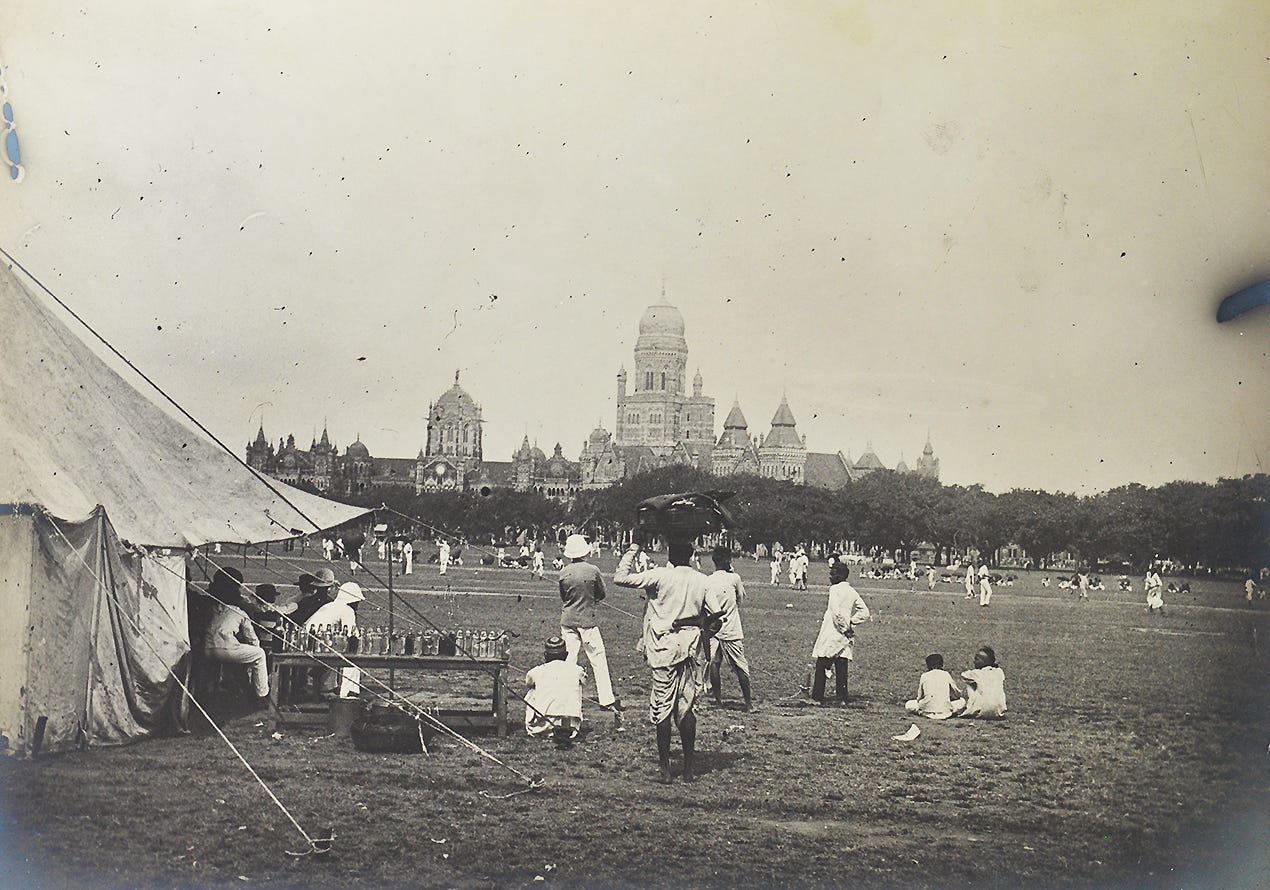About SportScape
I’m Shaantanu Shende - an archaeologist by training and a sports fanatic of the highest order. The suffix ‘scape’ succinctly describes my passion for sporting spaces, architecture, landscapes and cultures. This platform is dedicated to some, if not all of sport and a little bit of what I pioneered in India - Sports Archaeology.
Insights Into My Research
What is Sports Archaeology?
It is the study of material culture of sport including structures, spaces and artifacts. The methodology was first implemented in the U.K. in studying football grounds. I used archaeological approaches to study the glorious gymkhanas of the colonial-era for my dissertation. In doing so, I was able to capture alongside the heritage and architecture, a broader understanding of these spaces using sports perceptions.
Significance of Sports Perceptions
Archaeology often includes a process of interviews and field observations to help explain the contexts of static materials i.e. ethnographies. In my study of gymkhanas, I recorded the sporting perceptions of cricketers with regard to their performance and strategies.
Cricket is a sport unlike many others, where performance is impacted by a series of ecological factors like ground dimensions, wind, sun, rain as well as features of the cityscape like location, vehicles, pedestrians etc. In turn, through my ethnographic surveys, I was able to tell a story of the gymkhana grounds from a purely sports-oriented approach. Each ground had its own signature features that affected the outcomes of athletes in their respective sporting experiences.
Through this, I aim to open more doors into studying sporting spaces in other contexts. For instance Golf (another landscape-driven game).
Afterlives of Lost Gymkhanas
Archaeology has always focused on relics of forgotten time. My research faced the prime challenge that gymkhanas don’t have to be excavated or exposed. Aside from being monumental they’re also actively occupied and used. Even then, by using complex georeferencing techniques, I was able to trace the locations of two demolished and now replaced colonial-era clubs - The Byculla Club (Mumbai) and Club of Western India (Pune).
By using locational tracers like street layouts and placement of significant landmarks, the current-day location of the club was traced to a Southern Command Army Canteen and quarters. The cricket ground is also retained at a school nearby.
This aspect of my work helped me refute older claims of the origins and administration of the Poona Club Ltd. as claimed by previous sports historians. In reality, I refuted a literary work by confirmation of physical features and relics. A classic archaeological tale.
Structural Functionalism in Sports Archaeology
Now the complex bit. Gymkhanas are a form of artifact shaped by human behavior and other underlying facets. By using the classic anthropological method, I was able to study the structural and architectural changes within gymkhanas in relation to their functional undercurrents. In essence, my work showed why gymkhanas started as tents in open grounds and transformed into monumental structures with heavy duty sports facilities and infrastructure.
In light of this, I also found that sports and social dynamics are intersected in the confines of gymkhana clubs with equal room for events, functions, ceremonies along with elaborate sports leagues and tournaments. This consensus somewhat gave credence to past interpretation of excavated open spaces, particularly at Dholavira and Juni Kuran dated to about 2500 BCE. Often interpreted as ceremonial grounds and community gathering areas with sports possibilities, my work on contemporary spaces can help feedback into our understanding of their ancient counterparts.
What remains is the typological classification of excavated spaces with comparative potential in relation to modern sports structures.
Essence of my Writing
Alongside the abovementioned sports archaeological work I write about -
Sports Histories. I’m a sucker for sports anecdotes, myths and legends.
Sports Architecture and Landscapes. Cricket and Golf are two premiere sports which are immensely affected by their environment. I am deeply interested in the features of old grounds, clubs and courses where sports history can be reconstructed as well as emphasised for feats of victory and at times, defeat!
Sports Material. As an archaeologist it is my central tendency to be curious about tools used by humankind. In this case the sporting equipment, their origin and evolution over time.
Categories of Writing
Three distinct types of writing content will be delivered through this platform. They’re categorised based on my inference and influence :
Sports Archaeology (SA) : The academic oriented, theory-driven writing of my previous work. To incentivise my nascent eponymous brain child.
SportScape Reflects (SR) : These are more like opinion pieces with some field reports on recent sporting occurrences with emphasis on their broader geopolitical highs and lows. Yes, our world is messed up!
Gonzo SportScapes (GS) : The quirky type of writing. Here I write semi-fictional coverage from actual observations and personal experiences in the style of Hunter S Thompson. Expect some humour and fun here.






